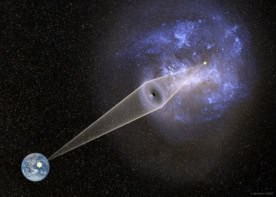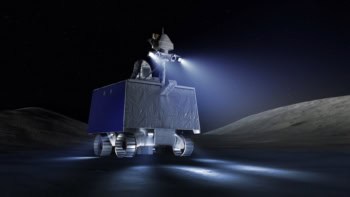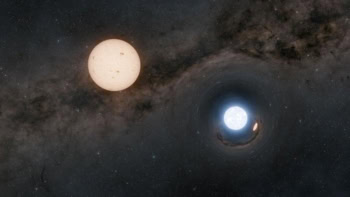
One of the leading theories describing how the most energetic cosmic rays are produced may need a rethink in light of a new study by physicists at the IceCube Neutrino Observatory in Antarctica. The team had set out to detect the extremely energetic neutrinos that are expected to be produced alongside high-energy cosmic rays in the violent explosions that mark the deaths of massive stars – but after looking at hundreds of these explosions, no such neutrinos have been found.
High-energy cosmic rays are charged particles such as protons with kinetic energies in excess of 1018 eV – a million times more energetic than the particles collided by the Large Hadron Collider at the CERN particle-physics lab.
The mystery of where these cosmic rays originate has baffled astrophysicists for decades. Likely candidates include gamma-ray bursts (GRBs), which occur when a massive star explodes. In the tens of seconds that they usually last, a GRB can outshine everything else in the universe by releasing as much energy as the Sun will produce in its entire lifetime. Other possible sources of high-energy cosmic rays are the active galactic nuclei at the centre of galaxies.
However, it has proved very difficult to test these theories because tracing cosmic rays back to their source is not easy. This is because, as charged particles, they are deflected during their long journeys to Earth by the strong magnetic fields present in space.
Fireball theory
Out of a number of possible GRB scenarios, the fireball model is “the one most widely believed”, according to Nathan Whitehorn, a physicist at the University of Wisconsin in the US who was involved in the IceCube study.
This theory describes a series of internal shocks that accelerate protons through the burst as it expands. Protons collide with gamma rays and form pions, which spontaneously fall apart to give neutrinos with energies of about 1014 eV. Unlike cosmic rays, neutrinos are not affected by magnetic fields and therefore their trajectories should point straight back to the GRB.
IceCube comprises an array of thousands of photomultiplier-tube detectors buried under 1.5–2.5 km of ice. The detectors look for the tiny flashes of light that are produced when a neutrino interacts with the ice. The researchers scoured two years’ worth of IceCube data for evidence that a pulse of high-energy neutrinos arrives on Earth whenever a GRB was spotted by a network of about 100 satellites, each containing gamma-ray detectors. Instead of seeing high-energy neutrinos arriving with all the gamma rays, not even one neutrino was seen in coincidence with the 300 GRBs that were detected during the two years.
Surprising result
The null result is “really surprising”, according to Darren Grant, a physicist with the University of Alberta in Canada who works on the IceCube project. “[It] changes what was thought to be the best modelled understanding for these incredible astrophysical objects,” he says.
The lack of neutrinos suggests that either GRBs do not produce cosmic rays, or that current ideas about how the cosmic-ray and neutrino production mechanisms are related is flawed.
The researchers calculated that production of energetic neutrinos was a factor of at least 3.7 lower than any variation of the fireball models they tested. According to Whitehorn, this latest research “challenges, though does not rule out, the idea that GRBs may be the sole sources of the highest energy cosmic rays”.
GRBs not completely ruled out
Theoretical astrophysicist Kohta Murase of Ohio State University in the US agrees that it “demonstrates that neutrino observation has become an important tool to address the long-standing [cosmic ray] mystery”. However, Murase – who is not a member of the IceCube collaboration – cautions that GRB sources should not be ruled out just yet, pointing out that there are “theoretical issues” with some models.
“In some scenarios, it is also expected that high-energy cosmic rays are produced without many neutrinos,” he says. “Or they may be produced during the afterglow phase, where the neutrino flux is expected to be lower.”
The study is described in Nature.



